It eventually made its wide release in the United States in February 2020.
Marianne paints the portrait and leaves with Heloise forced into the marriage.
Orpheus falls in love with Eurydice but loses her after she dies from a snake bite.
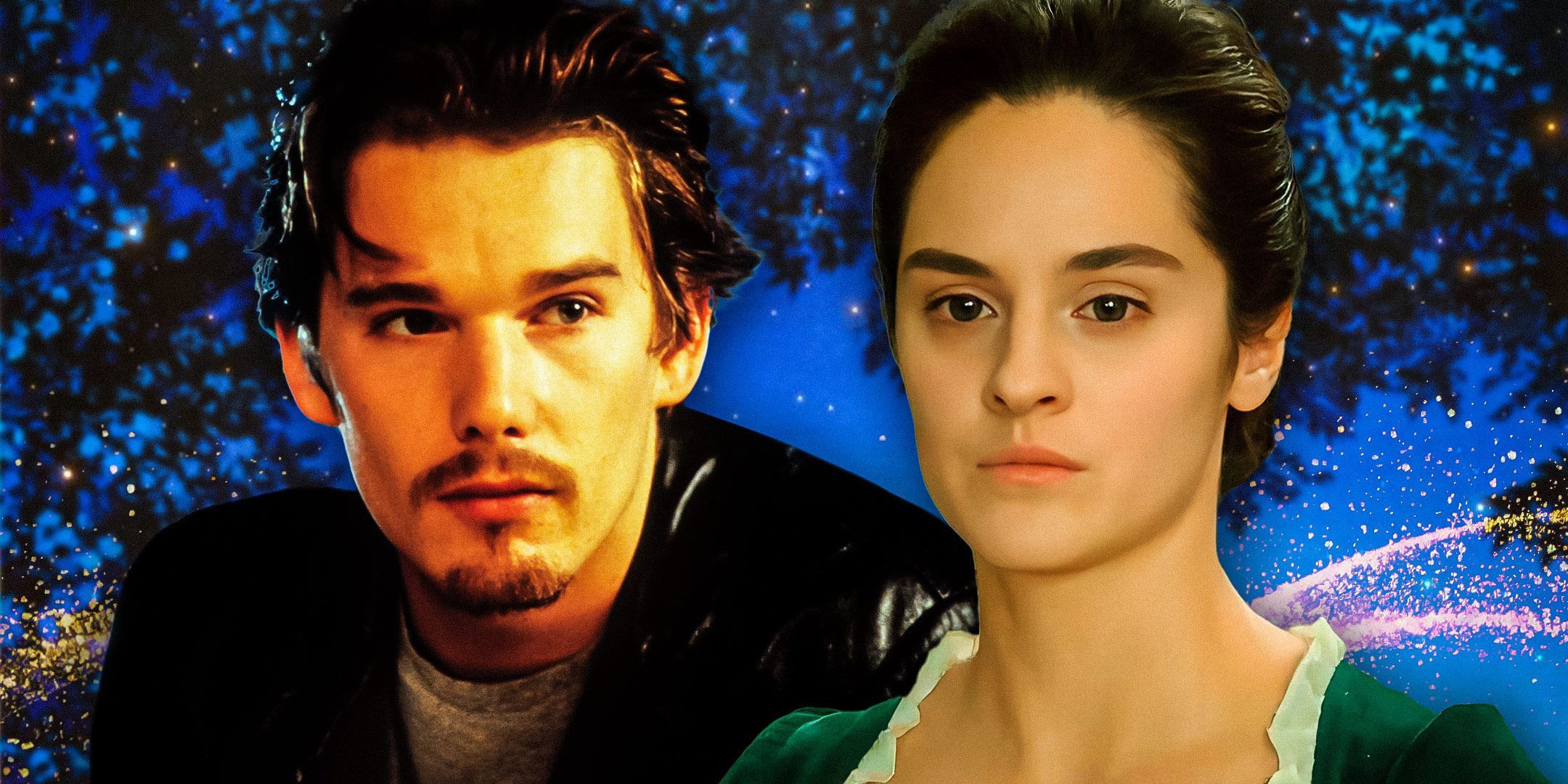
He travels to the underworld and pleads his case to Hades to have her returned.
This myth frames Marianne and Heloise’s love story.
The common interpretation is that Orpheus chooses to look back.

This myth frames Marianne and Heloise’s love story: one they know cannot last.
It is better to end with the memory than nothing at all.
It reflects her memory of that last glimpse of Heloise as she left the house.

Orpheus makes the"poet’s choice"in turning around; Marianne makes the artist’s choice.
Sciamma gives both women control in the tale and over their destinies.
That is, until the end the final interaction between Marianne and Heloise.
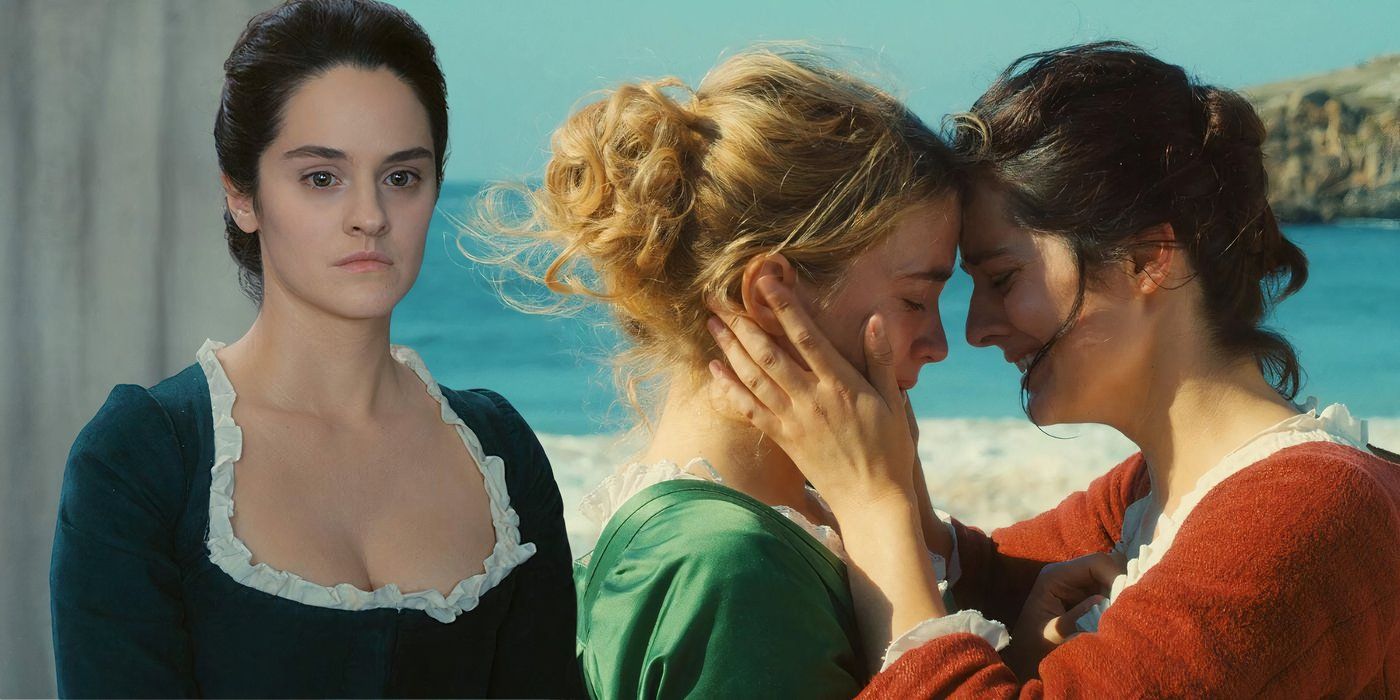
Custom Image by Shawn Lealos
It makes their feelings for each other all the clearer.
Heloise opens herself up fully to Marianne, admitting her feelings in their final moment together.
Heloise including the number 28 here shows Marianne the perfect moment between them.
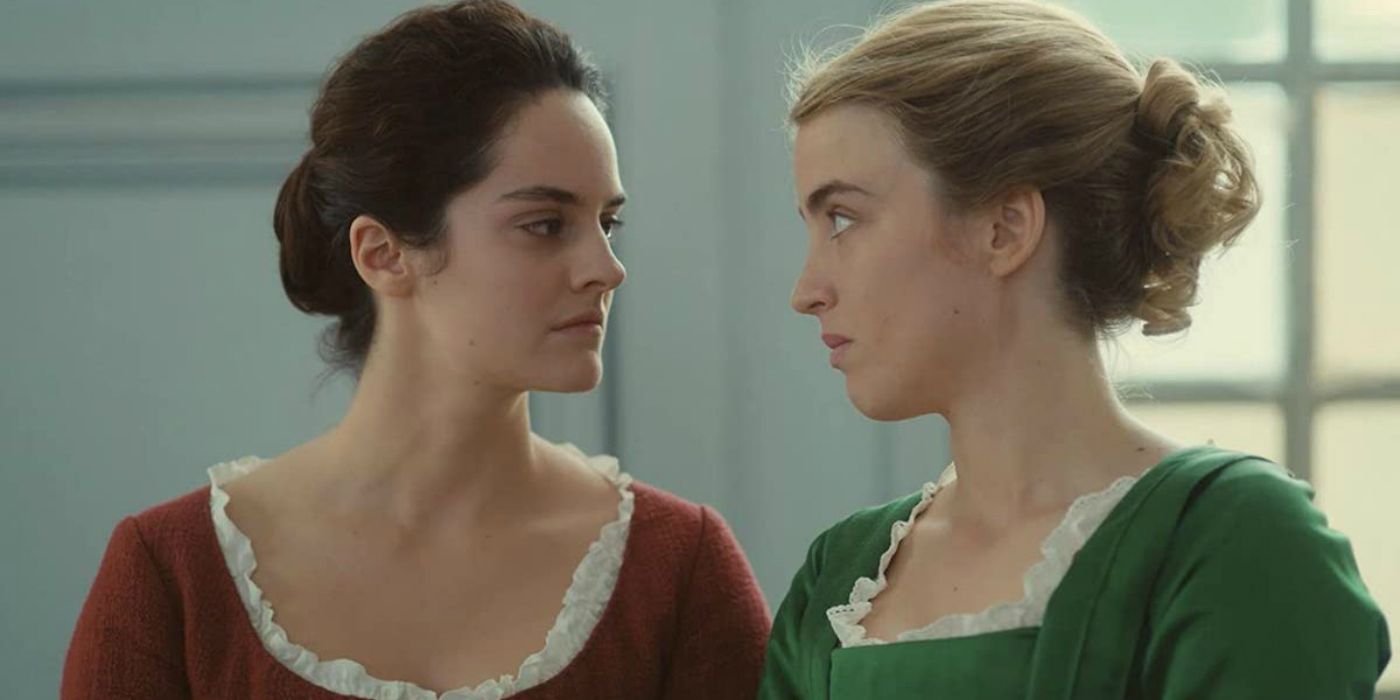
Marianne is a young painter in 18th century France who is given the task of painting a portrait of Héloïse for her wedding, without her knowing. Spending her days observing Héloïse and her nights painting, Marianne finds herself getting closer and closer to her model.
Heloise, including the number 28, shows Marianne the perfect moment between them.
There are few musical moments throughout the film, but that gives the movie’s ending scene more impact.
Marianne looks across the hall and sees Heloise on the opposite side, though she goes unseen.

Heloise is engrossed in the music, becoming increasingly emotional.
The romance genre is one of the most popular and far-reaching parts of filmmaking.
Within the niche of romance, there are beautifully written films.
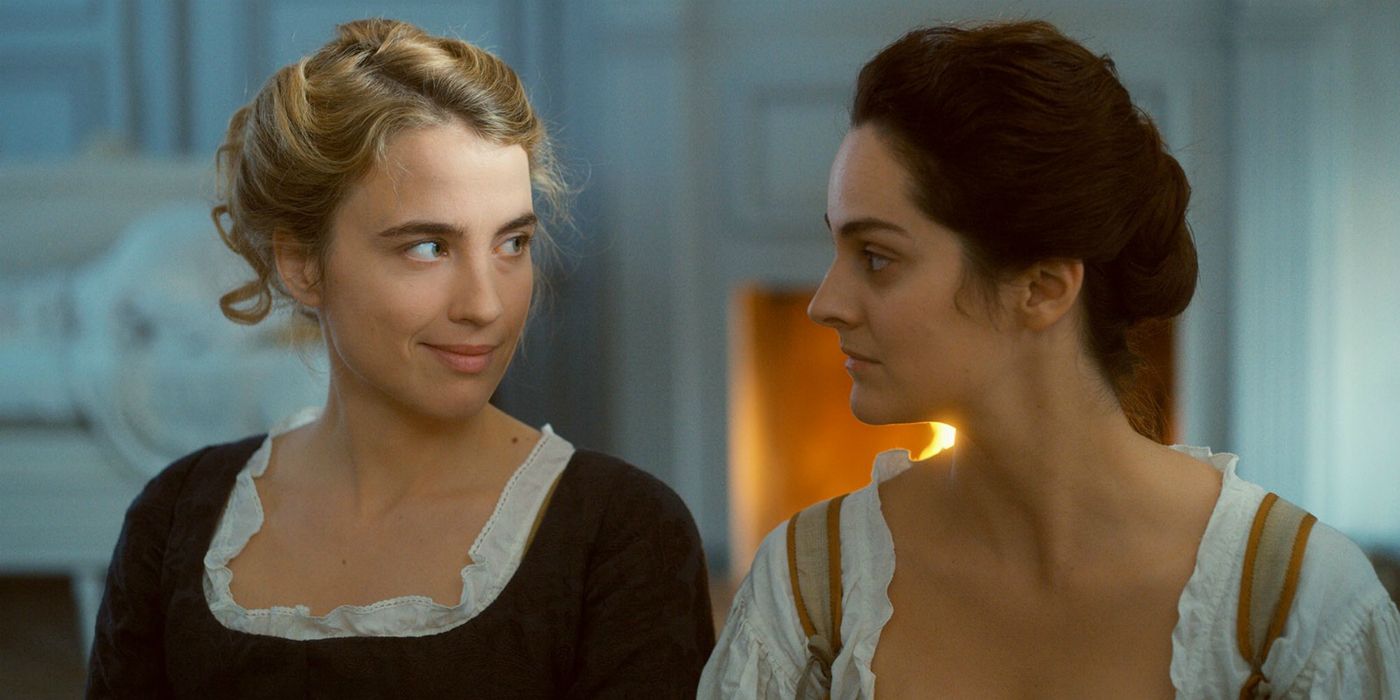
Hearing an orchestra was something that Heloise longed to hear.
In one sense, Heloise has something that she wants; she’s happy.
It’s fitting that the piece itself is about a perfect summer’s day being interrupted by a storm.
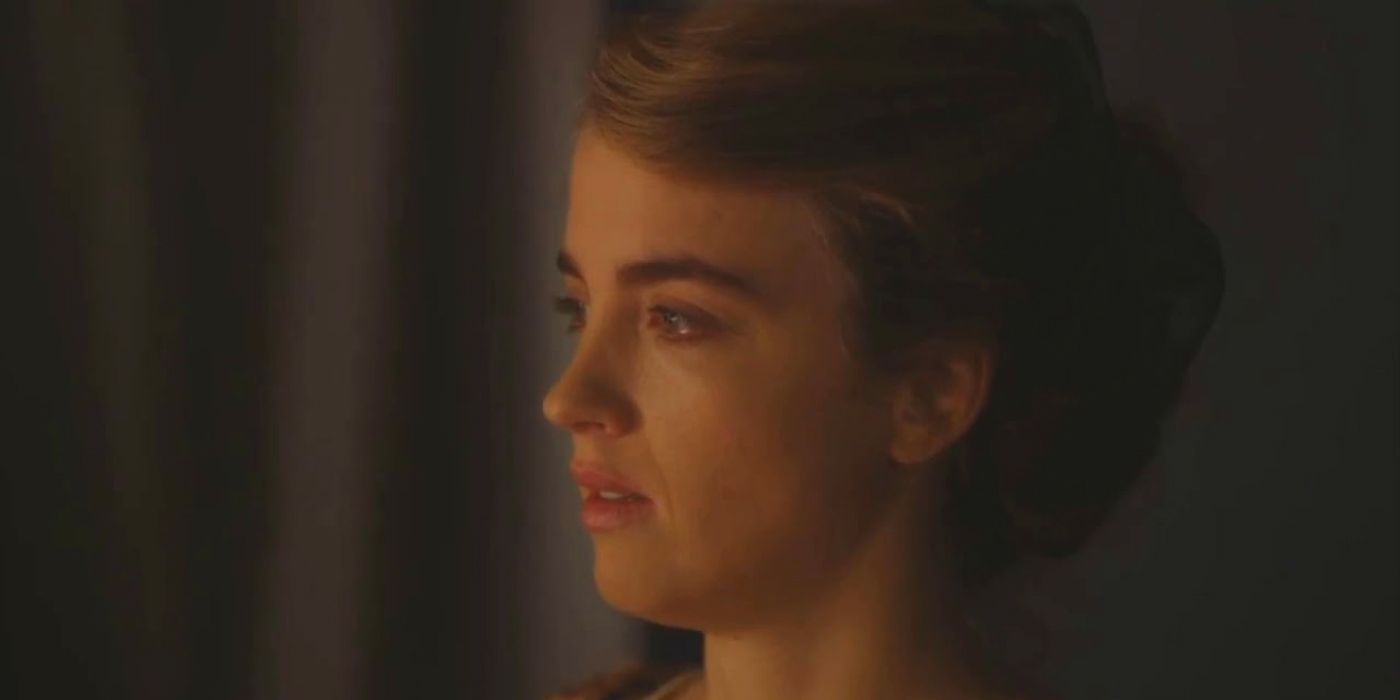
For anyone else, Heloise may look like any other concert-goer.
The “happy ending” was never the point (viaThe Independent).
“I wanted to question what a happy ending is.
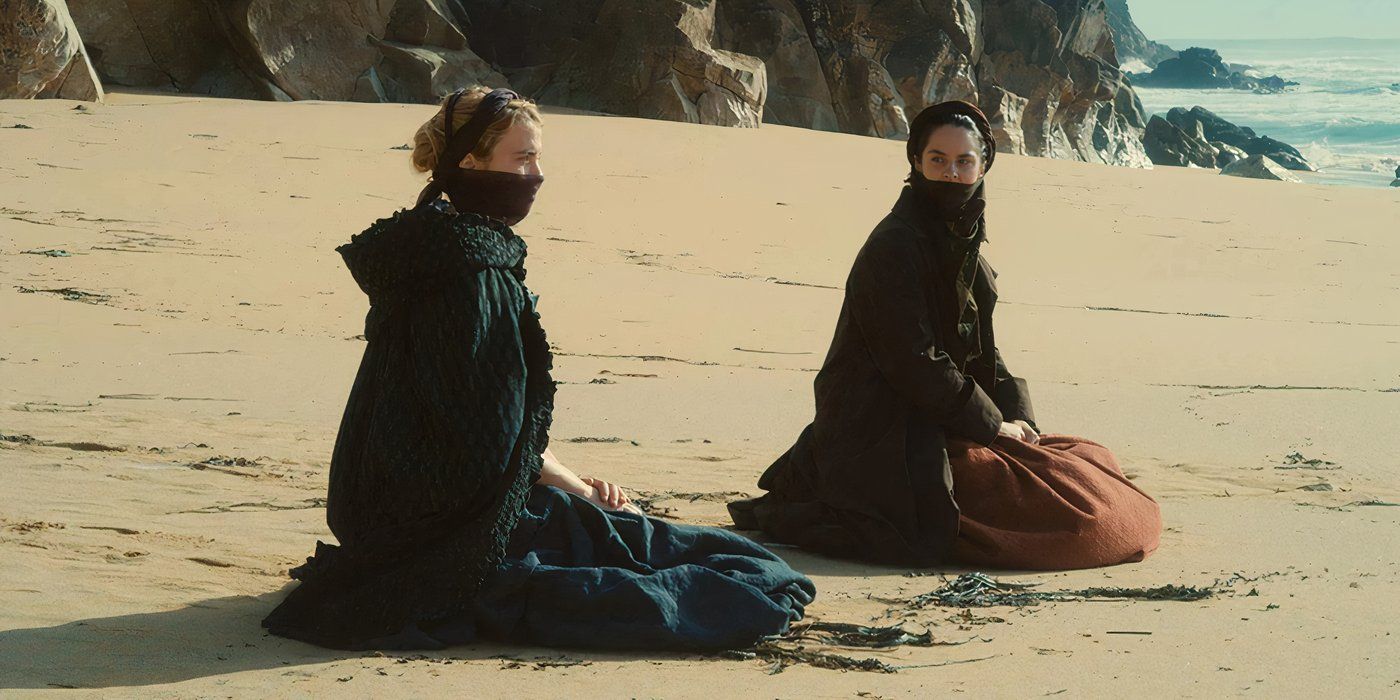
And I wanted neither.
Why do we believe that eternal possession of somebody means a happy ending?
Love educates us about art.
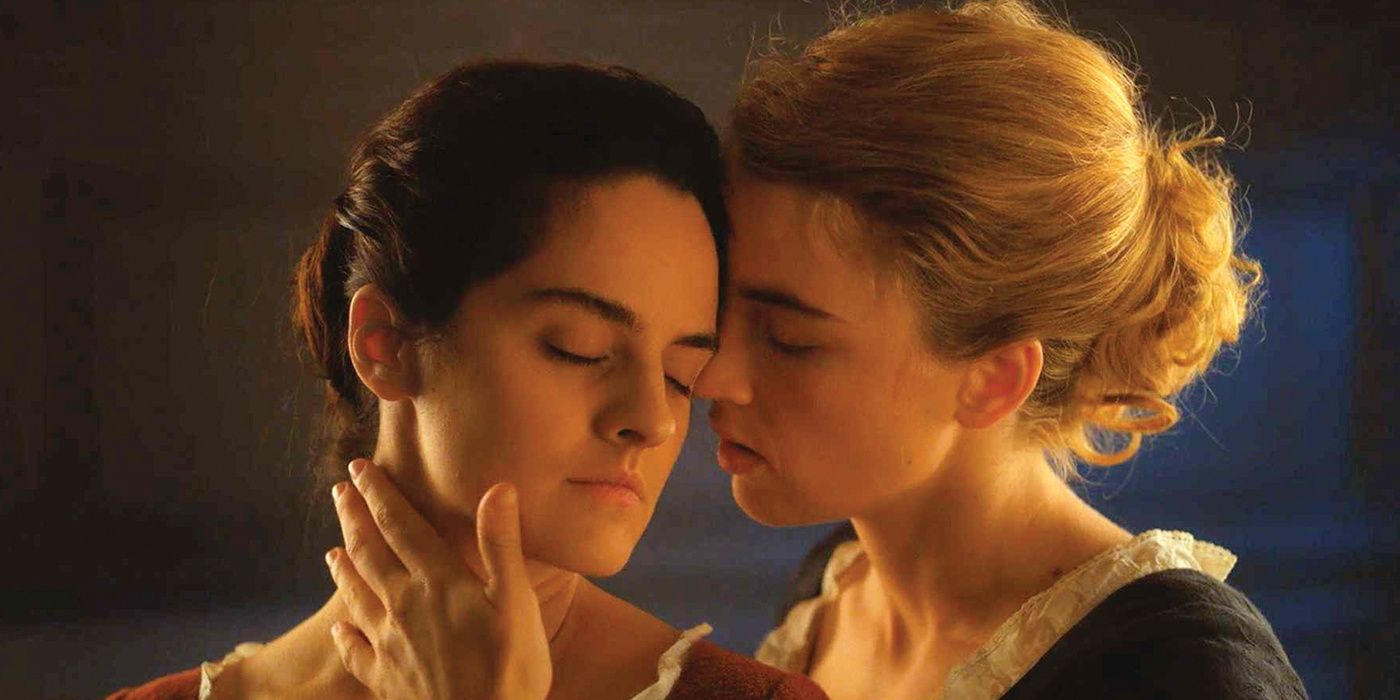
Art consoles us from lost love.
Our great loves are a condition of our future love.
The film is the memory of a love story; its sad but also full of hope.”

Marianne is a young painter in 18th century France who is given the task of painting a portrait of Héloïse for her wedding, without her knowing. Spending her days observing Héloïse and her nights painting, Marianne finds herself getting closer and closer to her model.
Marianne and Heloise’s relationship ended because it had to end.
The women loved each other and felt passion, but they needed to go their separate ways.
As Sciamma makes clear with her ending, that is okay.

Portrait of a Lady on Firewon Best Screenplay and Queer Palm at the 2019 Cannes Film Festival.